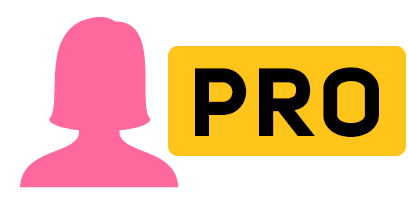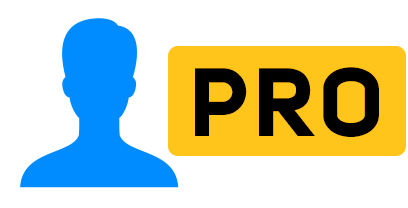Ai korean voices
List of all korean voices. Based on artificial intelligence.
 Hajul
Hajul
 InJoon
InJoon
 Chongu
Chongu
 Djihu
Djihu
 SunHi
SunHi
 Nabom
Nabom
 BongJin
BongJin
 GookMin
GookMin
 JiMin
JiMin
 SeoHyeon
SeoHyeon
Language code: ko-KR
Korean (ko-KR), predominantly spoken in South and North Korea, is a unique language with its own set of challenges and beauties. This East Asian language is known as "한국어" in South and "조선말" in North Korea.
The Korean language has distinct phonetics and grammar rules. Its pronunciation demands understanding subtle differences in articulation. From the dynamic pitch accent to the presence of multiple uniacal sounds, Korean stands apart from many other languages.
Hangul. This is the writing system used in Korea. It's based on sounds. Every block of symbols stands for a sound group. Every symbol in that group matches a single sound.
Consonants: There are 19 main sounds in this language. Some sounds have more than one way to say them. As an example, 'ㅂ' sounds like 'b', 'ㅃ' is like 'pp', and 'ㅍ' is said as 'p'.
Ending Sounds. Words in this language can end with a sound known as 'batchim'. How you say 'batchim' can change if it's followed by another sound group, causing the sound to be different.
Forceful Sounds. There are sounds in this language that are said with more force. They're different from regular sounds and don't have a match in the English language.
These pronunciation features, combined with the structure of this language, provide a diverse range of sounds and rhythms. The unique features of the Korean language make it sound different from other languages. It's important for speech synthesizers to understand and produce these features correctly to make Korean sound authentic and clear.
Every word, every sound, and every tone matters when it comes to capturing a language's true essence. Experience this meticulous care with SpeechGen's Korean text-to-speech solution.
Facts
- The Korean Hangul alphabet has 24 letters but 40 sounds.
- State language of the DPRK and the Republic of Korea.
- Distributed in Japan, USA, Russia, countries of Central Asia.
- 78 million native speakers.
- It is an isolated language.
 SpeechGen.io
SpeechGen.io